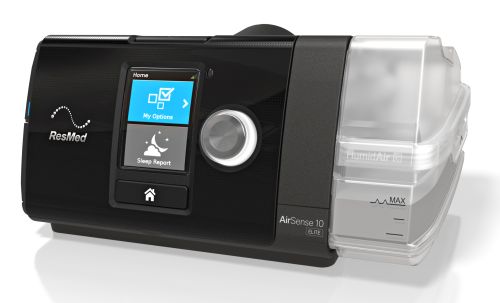66 today. By Bismarck’s reckoning, I was supposed to die last year, so any days lived going forward are gravy. My guess? I’d better get used to gravy. I foresee a lot of it. (Gravy, after all, is penance offered for cooking the turkey a little too much.)
I blew past the traditional boundary of old-guy-hood pretty satisfied with the general state of the old guy:
• I’m healthy. This is a matter of good luck more than clean livin’, though I do what I can.
• I know who I am and what I’m good at.
• I am a free man, in an era when an appalling number of my friends have sold themselves into tribal slavery for, well, nothing.
• I am not alone. I walk upwind in life with my soulmate beside me.
• I understand my limitations and have come to terms with them.
• I have arranged my daily life so as to be no at one’s mercy but my own.
This is a pretty good place to be. I could write several books about how I got here, but probably won’t. Such things are highly domain-specific, and your mileage will vary. I’ll postulate a few explanations:
• Luck is real. I recognized good luck and capitalized on it. I recognized bad luck and minimized its consequences.
• Anger is a trap. It killed my grandfather. I will not allow it to kill me.
• I was careful. Whether this interferes with good luck is an interesting question. I’m pretty sure it interferes with bad luck, which is most of what being careful is about. And being careful in turn requires knowledge of things like gravity, kinetic energy, integrity of materials, coefficient of friction, the hiding places of banana peels, and consequences of decisions.
• I learned fast, especially from my mistakes, and doubly especially mistakes due to not being careful.
• I tempered rational thought with emotional thought, and calibrated emotional thought with rational thought. Overall, this amounts to rendering unto the left brain the things that are the left brain’s, and to the right brain the things that are the right brain’s.
• With all my strength I resisted the siren call of tribal slavery and the transparent bullshit of political ideology.
• I can get along with anybody until they go on the attack. When people attack me, I giggle a little and write them off. I don’t tell them I’ve written them off. I just don’t take them seriously anymore.
• I learned fairly early (if not quite early enough) that nothing is simple, and nothing is certain.
My great-grandmother, Martha Winkelmann Duntemann, lived to be 96. That’s my target, and barring some peculiar and unlikely advance in anti-aging technology, it’s a reasonable expectation in the 21st Century. It means I have thirty years to go. That’s a long time and a short time; thirty years ago I was editing Turbo Technix, which seems like yesterday. My plan file for those thirty years is fairly simple:
• I will love my wife;
• I will tell my tales;
• I will exercise my mind;
• I will enjoy the company of my friends;
• And I will revel in a life lived at what I consider the best time in human history to be alive, in our beautiful and extravagant creation.
I invite all of you to join me, chill out a little, and (as my grade school friend Rich Maas says) enjoy the ride!












